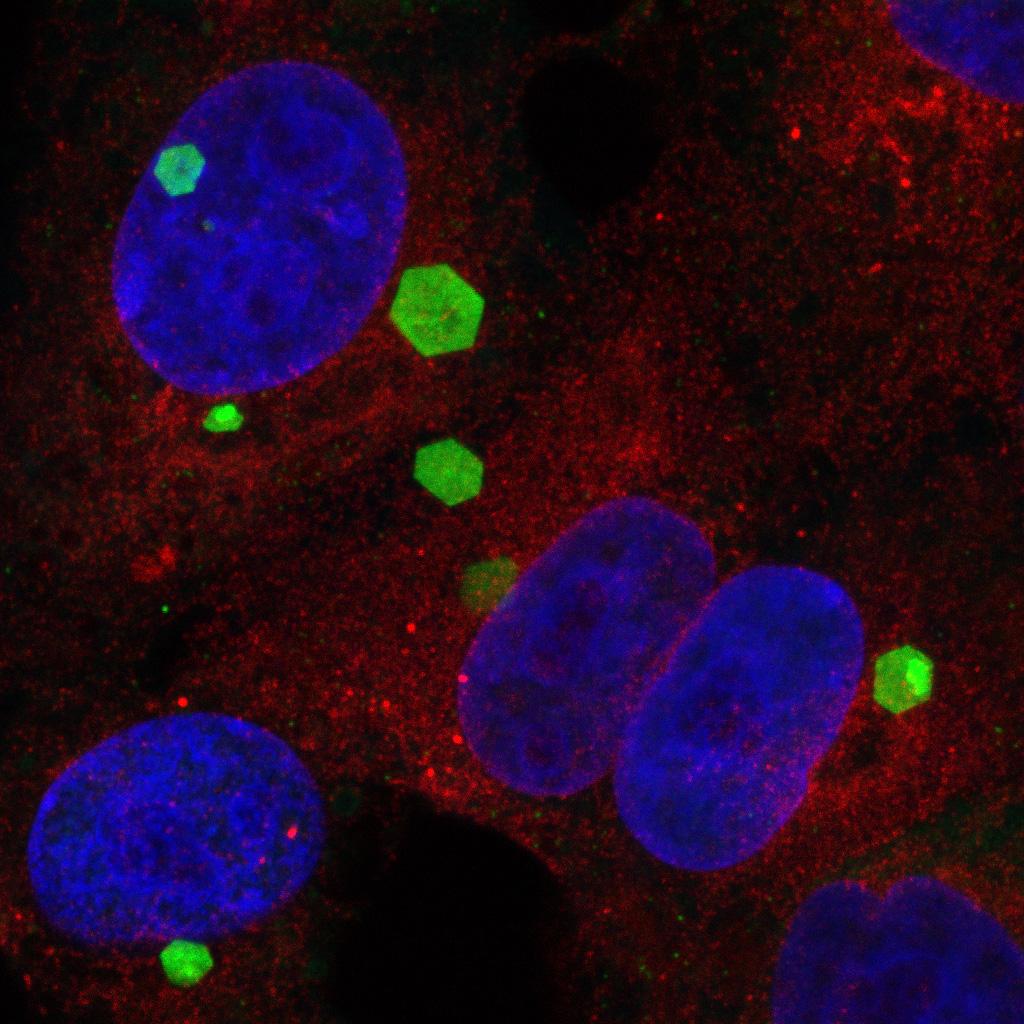Vaccination with recombinant Modified Vaccinia Ankara (MVA) viruses expressing single African horse sickness virus VP2 antigens induced cross-reactive virus neutralising antibodies (VNAb) in horses when administered in combination
African horse sickness is a lethal viral disease of equids transmitted by biting midges of the Genus Culicoides. The disease is endemic to sub-Saharan Africa but outbreaks of high mortality and economic impact have occurred in the past in non-endemic regions of Africa, Asia and Southern Europe. Vaccination is critical for the control of this disease but only live attenuated vaccines are currently available. However, there are bio-safety concerns over the use of this type of vaccines, especially in non-endemic countries, and live attenuated vaccines do not have DIVA (Differentiation of Infected from Vaccinated Animals) capacity. In addition, large scale manufacturing of live attenuated vaccines of AHSV represents a significant environmental and health risk and level 3 bio-safety containment facilities are required for their production. A variety of different technologies have been investigated over the years to develop alternative AHSV vaccines, including the use of viral vaccine vectors such Modified Vaccinia Ankara virus (MVA). In previous studies we demonstrated that recombinant MVA expressing outer capsid protein AHSV-VP2 induced virus neutralising antibodies and protection against virulent challenge both in a mouse model and in the horse. However, AHSV-VP2 is antigenically variable and determines the existence of 9 different AHSV serotypes. Immunity against AHSV is serotype-specific and there is limited cross-reactivity between certain AHSV serotypes: 1 and 2, 3 and 7, 5 and 8, 6 and 9. In Africa, multiple serotypes circulate simultaneously and a polyvalent attenuated vaccine comprising different AHSV serotypes is used. We investigated the potential of a polyvalent AHSV vaccination strategy based on combinations of MVA-VP2 viruses each expressing a single VP2 antigen from a specific serotype. We showed that administration of 2 different recombinant MVA viruses, each expressing a single VP2 protein from AHSV serotype 4 or 9, denoted respectively as MVA-VP2(4) and MVA-VP2(9), induced virus neutralising antibodies against the homologous AHSV serotypes. Vaccination was more efficient when vaccines were administered simultaneously than when they were administered sequentially. A third and fourth dose of a different MVA expressing VP2 of AHSV serotype 5, given 4 months later to ponies previously vaccinated with MVA-VP2(4) and MVA-VP2(9), resulted in the induction of VNAb against serotypes 4, 5, 6, 8 and 9. The anamnestic antibody response against AHSV 9 and AHSV 4 following the MVA-VP2(5) boost suggests that it is possible some shared epitopes exist between different serotypes. In conclusion this study showed that it is feasible to develop a polyvalent AHSV vaccination regime based on the use of combinations of MVA-VP2 viruses.
